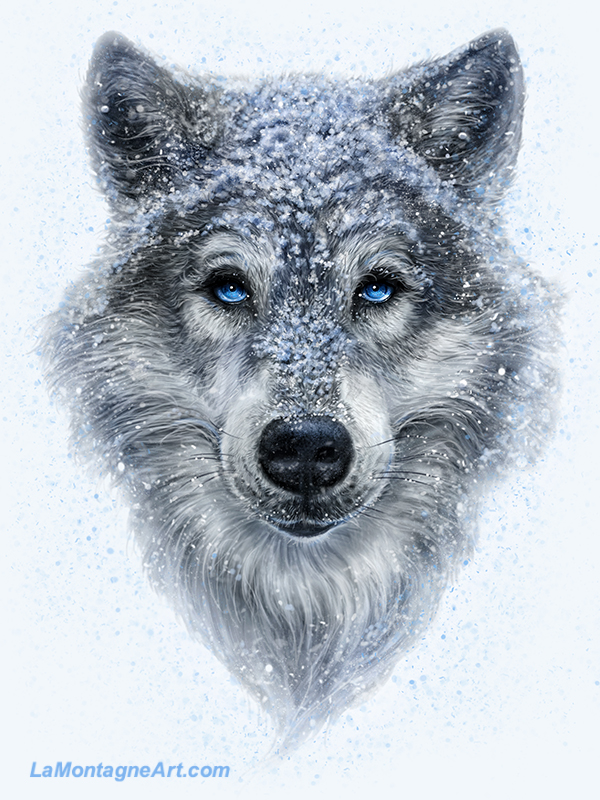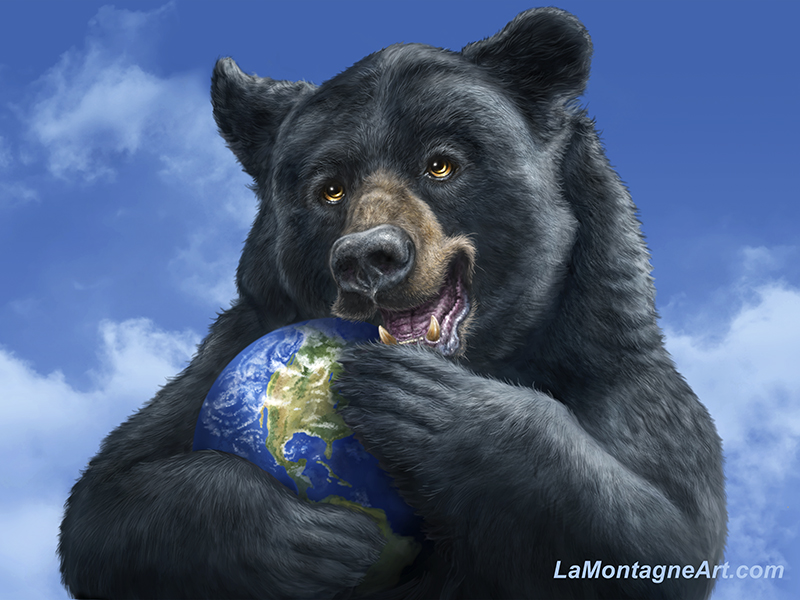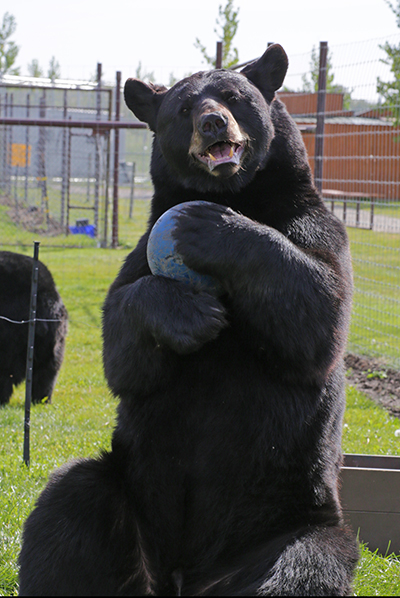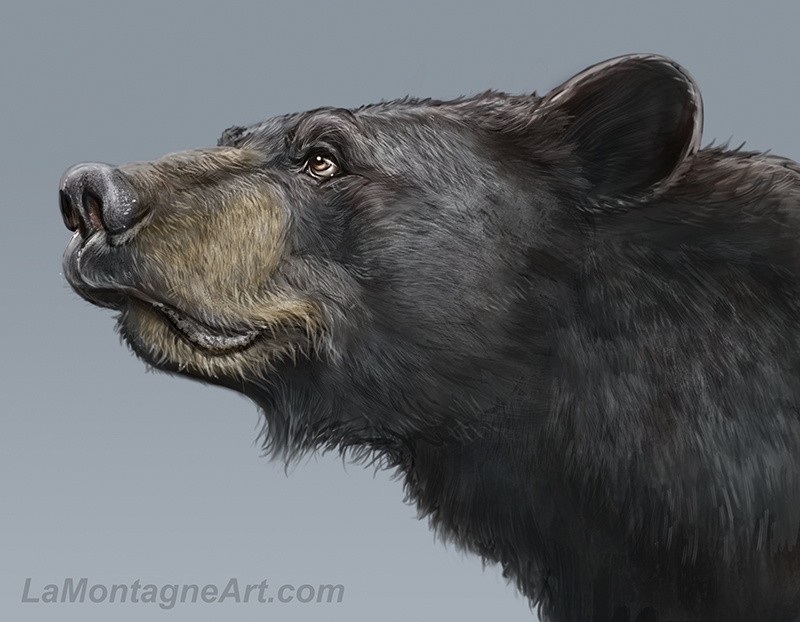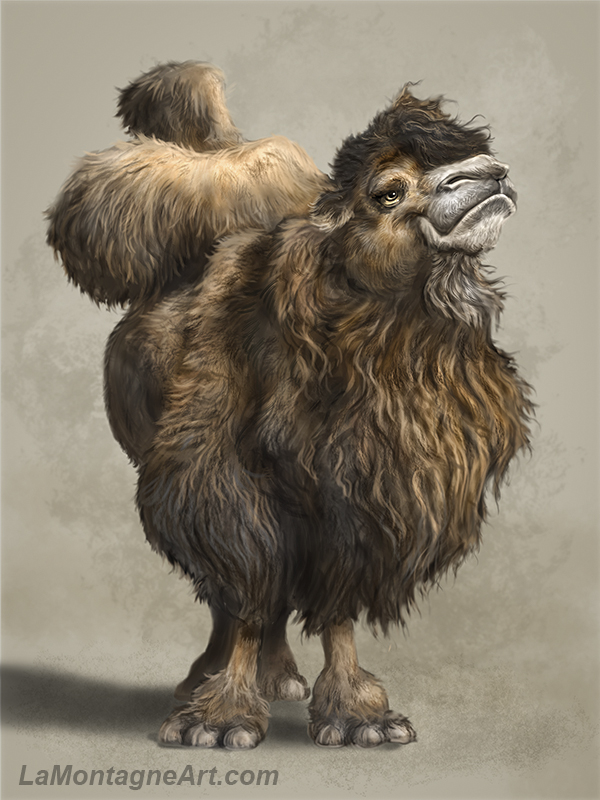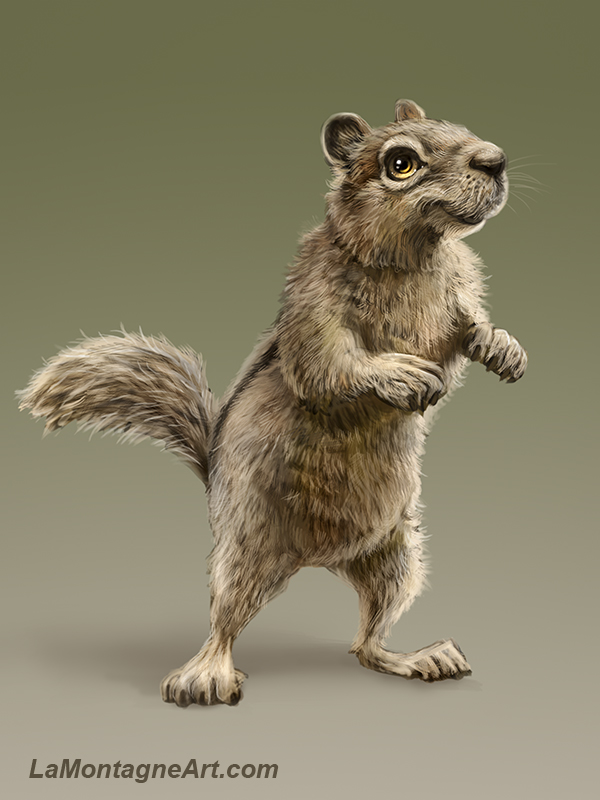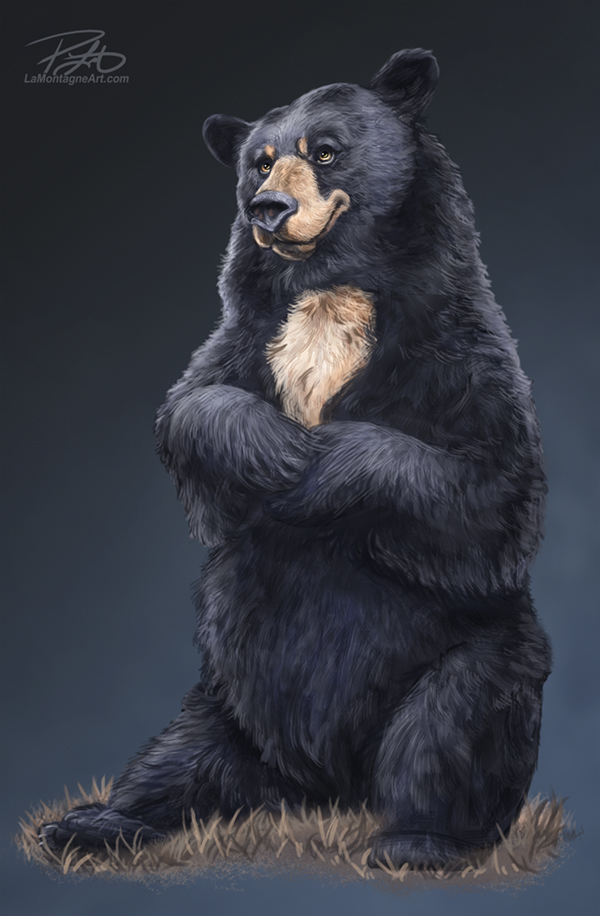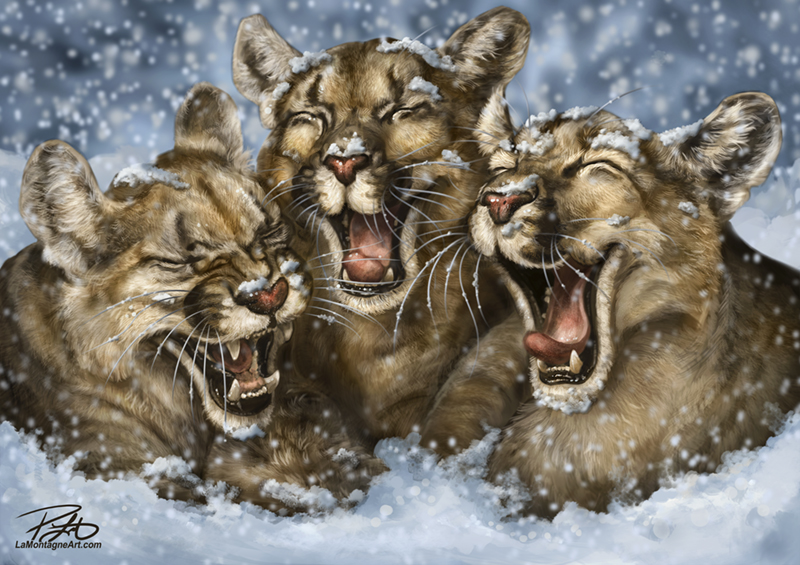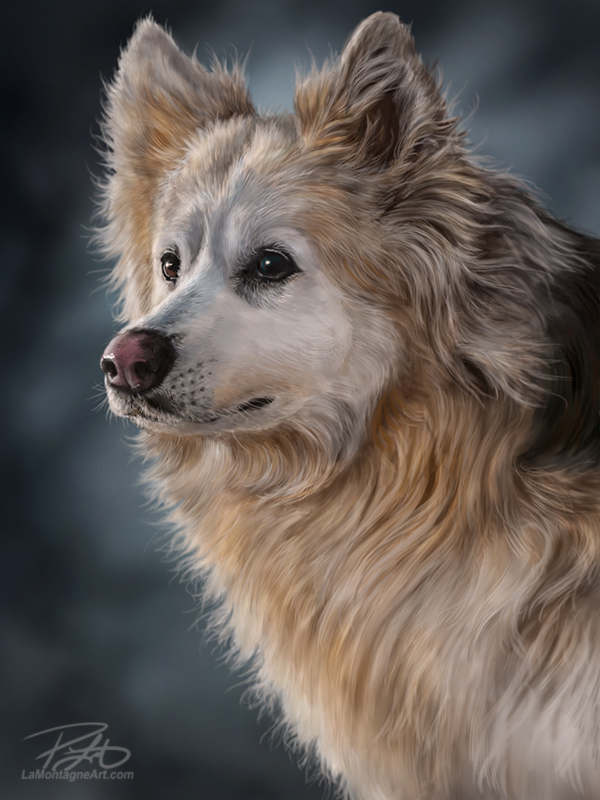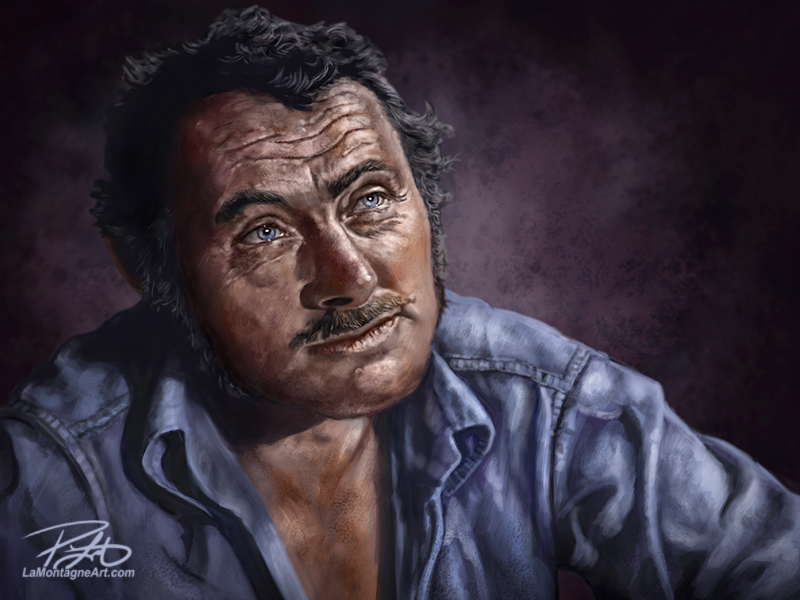
Over the past few years, you may have noticed more individuals and businesses abandoning social media promotion.
Buzzwords and terminology aside, social media got everybody hooked on free marketing. Then they changed their coding (aren’t we all tired of the word algorithm?), so customers only see your posts when you cough up the cash. And good luck even then. It’s the drug dealer business model: give ‘em a taste, get ‘em hooked, make ‘em pay.
I was happy to switch to email marketing because social media has become a toxic mess of nastiness and polarization. More importantly, it got to a point where the work to reach followers — and make no mistake, promotion IS work — wasn’t paying off.
As I’ve kept a blog on my website for over 20 years and enjoy writing long-form posts, I prefer to connect with my collectors and followers via email. I get much better feedback, and with no need to focus on useless likes and shares, it feels less frantic. It’s more like driving toward a destination at a reasonable rate of speed instead of weaving back and forth like an angry drunk, looking for the fastest of ten crowded lanes.
When it’s your primary means of interaction, it’s essential to be consistent and send regular emails. Whether sharing new paintings, works-in-progress, reference photos I’ve taken, or writing about inspiring excursions, I need to keep an open window into the work and a view behind the scenes.
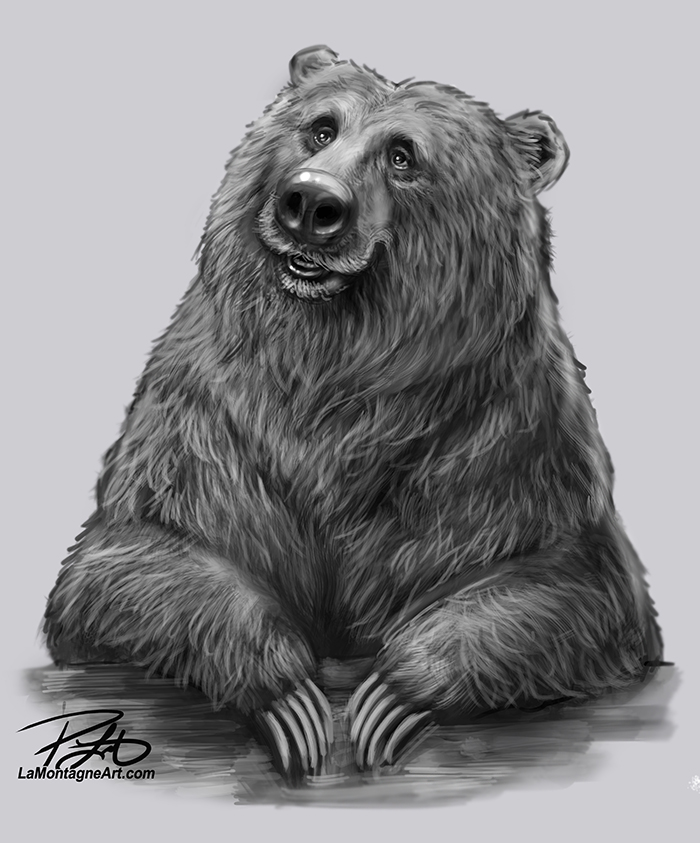 Over the past week, I’ve received a few subscriber emails asking if they’ve missed an issue of A Wilder View, because they haven’t received anything from me in a while. I usually try to send an email every week or two. As I write this, it’s been about a month. So, what gives?
Over the past week, I’ve received a few subscriber emails asking if they’ve missed an issue of A Wilder View, because they haven’t received anything from me in a while. I usually try to send an email every week or two. As I write this, it’s been about a month. So, what gives?
Frankly, I’m burnt out. I’ve got the pedal pressed to the floor, the wheels are spinning, and the engine is roaring, but it feels like I’m not going anywhere.
I’m working on two commissions, and they’re both going well. I’m genuinely enjoying these pieces, but I don’t share commissions in progress, as my clients deserve to see the finished paintings first.
This is one of the reasons commissions are a financial investment (i.e. not cheap). When I’m working on a custom painting, it means I can’t work on other art that contributes to my income from licensing, products and prints. Commission clients pay for the painting but also for my limited time.
To be fair to both of my current clients, they’ve each said, “No rush.” While I appreciate that freedom, it takes no time for leeway like that to stretch into several months, which would be an abuse of their generosity. They’ve paid substantial installments, so it’s only fair I make their work my priority.
I have a good friend in BC who ordered a custom canoe from a craftsman here in Alberta. He paid his deposit and was assured it would be ready within a reasonable time frame. It has now been several years, and every frustrated call or email results in a fresh excuse. What was supposed to be a commission that would bring him joy is now a subject he avoids because he’s so angry about the whole thing. He feels like he’s been taken for a ride and ripped off.
I refuse to be that artist. When I pay for something, I want results. My clients should expect no less.
It’s also why I pay my bills as quickly as possible, especially to other small businesses. I know what it’s like to chase unpaid invoices and royalty payments. It makes me feel like a schmuck asking for money I’m owed, sometimes more than once, and it builds resentment. I don’t want my suppliers and customers to share that experience.
The other work occupying my limited time is my daily editorial cartoons. I draw 6-8 every week for newspaper clients across Canada. Lately, the news has been fast and furious with significant events, so planning cartoons can be challenging when it’s been one late-breaking story after another. It cuts into the time I’ve budgeted for the painted work. That’s tough sometimes as there is no growth potential in that part of my work, and it will eventually vanish completely. But it’s a deadline every day and still a necessary part of my income.
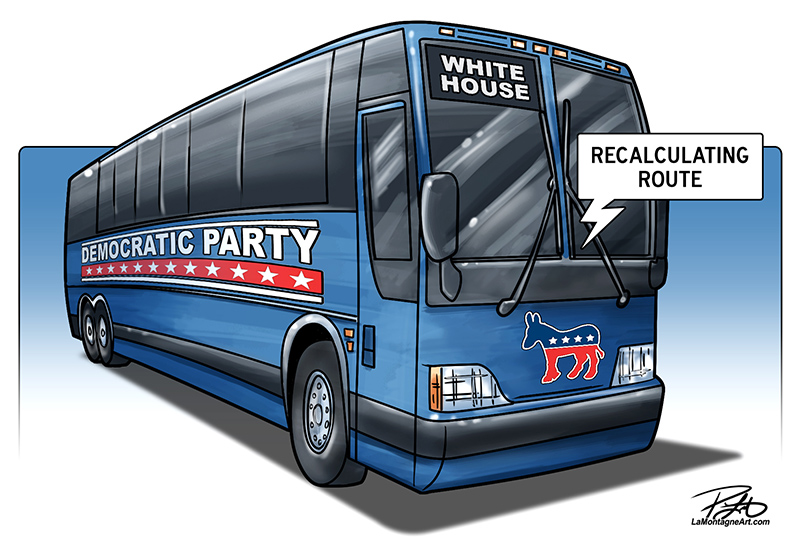 This past Sunday, I had drawn two cartoons in the morning and was going to paint all afternoon. Then President Biden announced he was no longer running for re-election, and suddenly, I had to draw a new cartoon for Monday morning. While drawing each cartoon takes a few hours or more, I first have to come up with the idea, which also takes time.
This past Sunday, I had drawn two cartoons in the morning and was going to paint all afternoon. Then President Biden announced he was no longer running for re-election, and suddenly, I had to draw a new cartoon for Monday morning. While drawing each cartoon takes a few hours or more, I first have to come up with the idea, which also takes time.
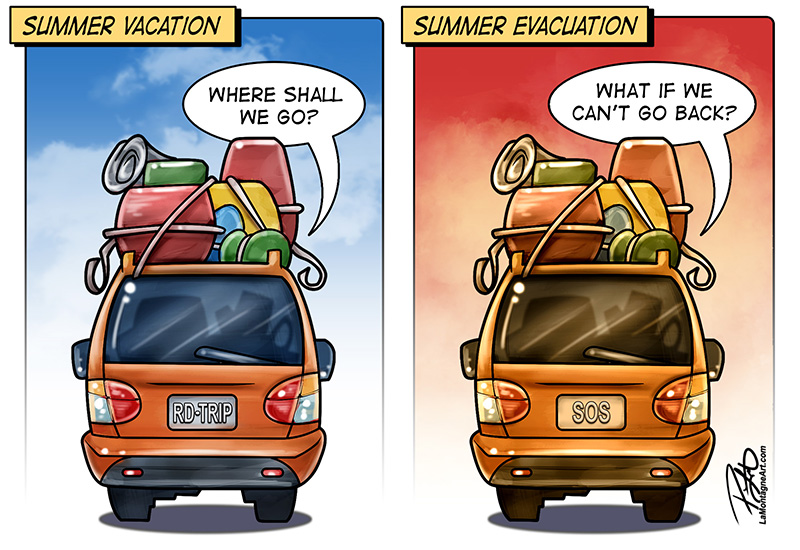 Adjusting course, I planned to paint all day Tuesday but woke to find out that the town of Jasper had evacuated for a wildfire. Suddenly, I had to scrap the cartoon I’d already drawn and sent Monday afternoon for the Rocky Mountain Outlook. Given how our communities are so alike, I had to produce two new cartoons (one local, one syndicated) on the situation and get them out quickly.
Adjusting course, I planned to paint all day Tuesday but woke to find out that the town of Jasper had evacuated for a wildfire. Suddenly, I had to scrap the cartoon I’d already drawn and sent Monday afternoon for the Rocky Mountain Outlook. Given how our communities are so alike, I had to produce two new cartoons (one local, one syndicated) on the situation and get them out quickly.
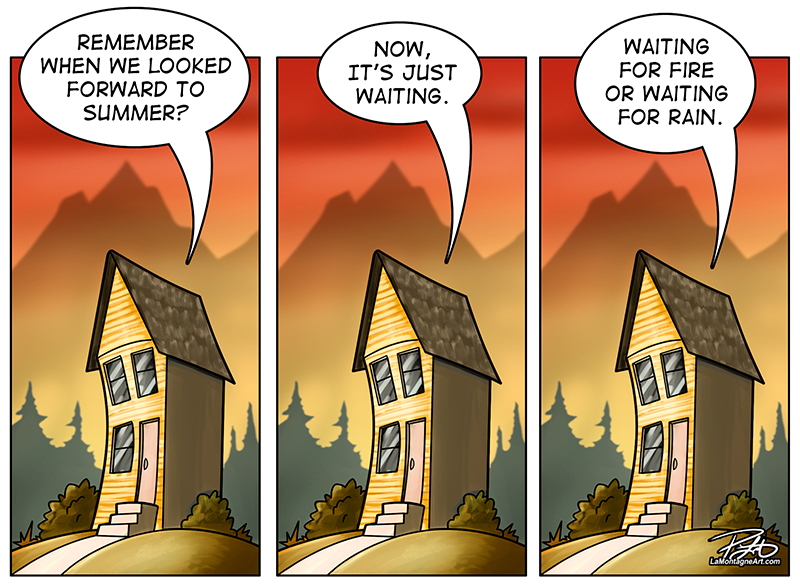 Having been through an evacuation in 2013 (water, not fire), and the odds are a little too good we may one day go through that again; I feel for those people. It’s a frightening thing to leave your home and not know if will be there when you get back. As the fire has breached the town of Jasper, and structures are burning, some people will lose everything. What makes it worse is when insensitive, small-minded keyboard warriors post stupid things like, “It’s only stuff.”
Having been through an evacuation in 2013 (water, not fire), and the odds are a little too good we may one day go through that again; I feel for those people. It’s a frightening thing to leave your home and not know if will be there when you get back. As the fire has breached the town of Jasper, and structures are burning, some people will lose everything. What makes it worse is when insensitive, small-minded keyboard warriors post stupid things like, “It’s only stuff.”
That sort of glib comment is neither helpful nor kind.
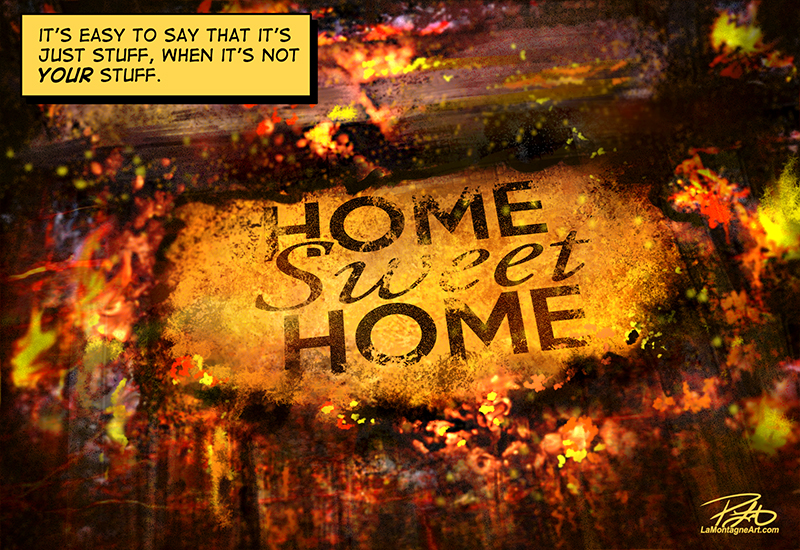 I have several paintings in progress, a few I expected to be done by now, which is frustrating. Because each features several animals, they take much longer, contributing to the feeling I’m not producing enough finished work.
I have several paintings in progress, a few I expected to be done by now, which is frustrating. Because each features several animals, they take much longer, contributing to the feeling I’m not producing enough finished work.
I have stolen an hour here and there to work on palate cleansers between the two commissions, the two rough bear paintings in this post. One of these sketches is part of a larger painting I wanted to have done before the end of this month, but it’s not happening. Hopefully, I’ll have something finished to share before too long.
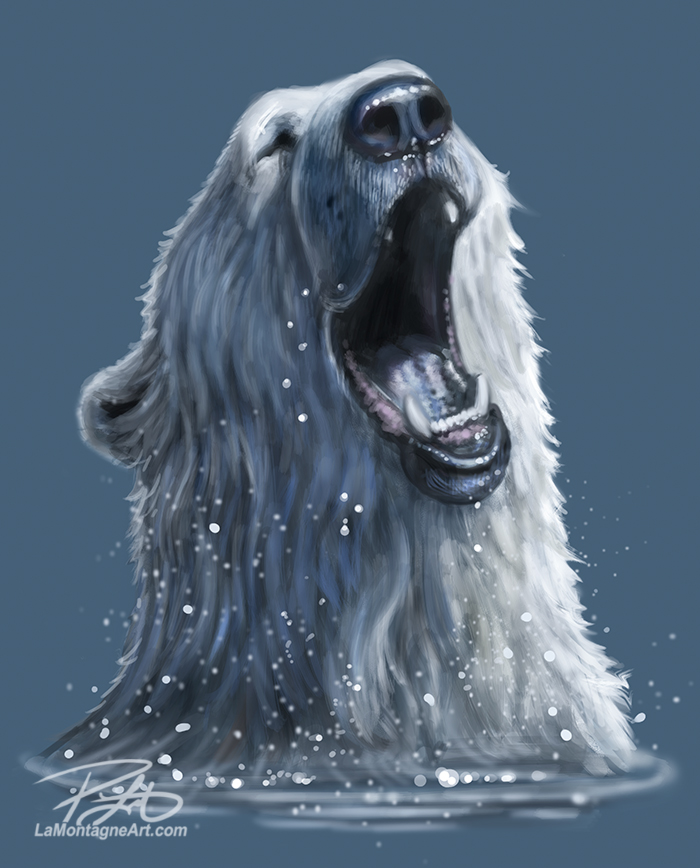 In the meantime, I hope you’re having a good summer despite the oppressive heat and wildfire smoke in some places. After a cool and comfortable rainy June, our July has sucked up all the moisture, and our brown grass and crispy trees could use some precipitation.
In the meantime, I hope you’re having a good summer despite the oppressive heat and wildfire smoke in some places. After a cool and comfortable rainy June, our July has sucked up all the moisture, and our brown grass and crispy trees could use some precipitation.
Here’s to steady rain for a week or two. Soon.


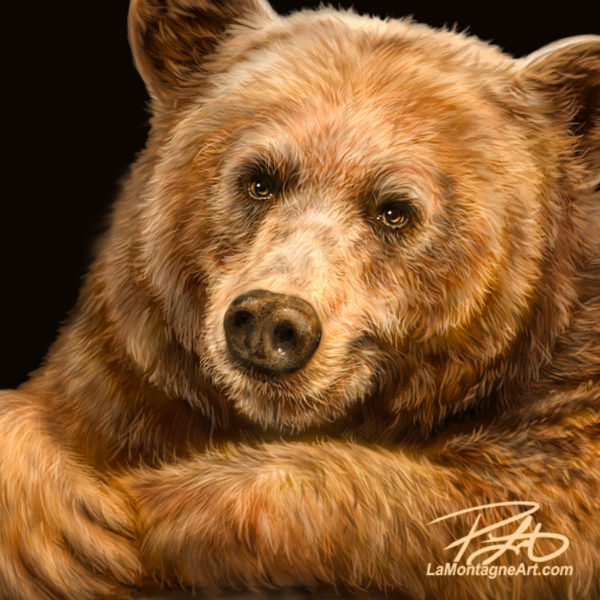
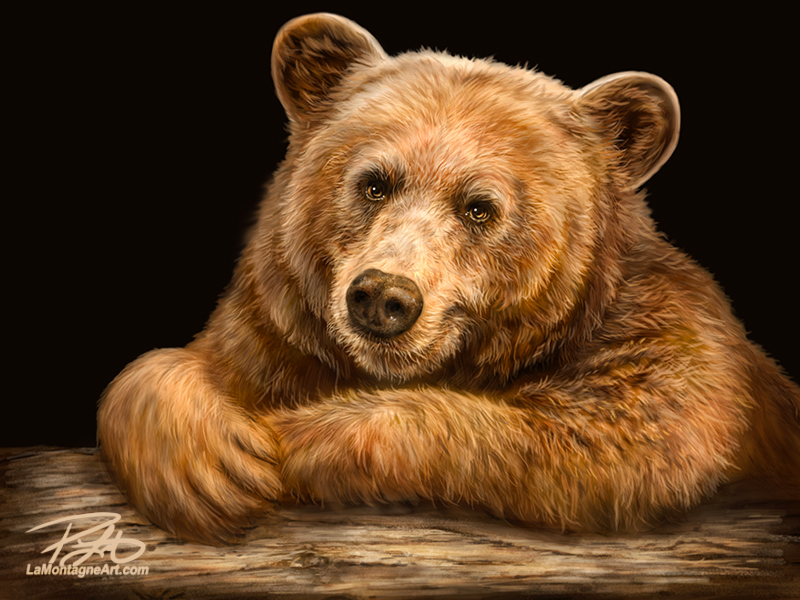
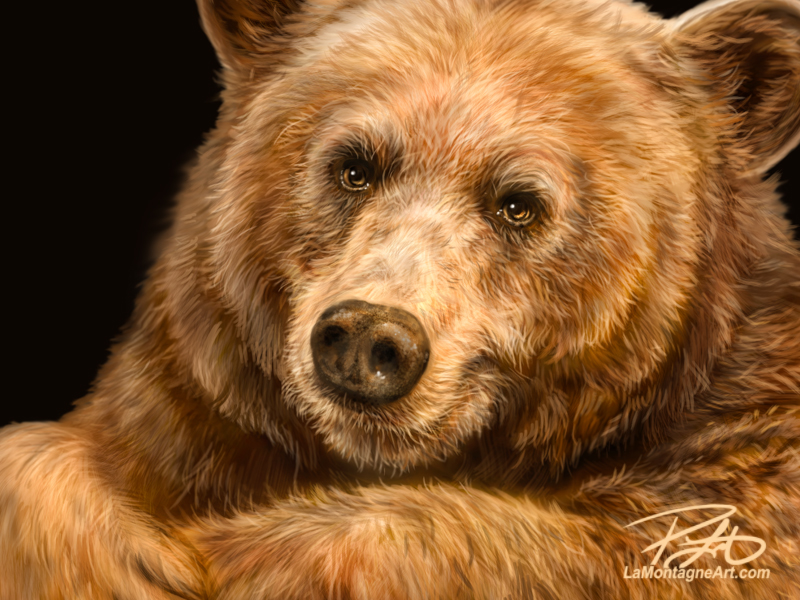 I’ve also completed the bulk of my year-end bookkeeping this week and cleaned my office so I can start the new year right. I typically don’t make New Year’s resolutions, but I always have plans for the coming year.
I’ve also completed the bulk of my year-end bookkeeping this week and cleaned my office so I can start the new year right. I typically don’t make New Year’s resolutions, but I always have plans for the coming year.

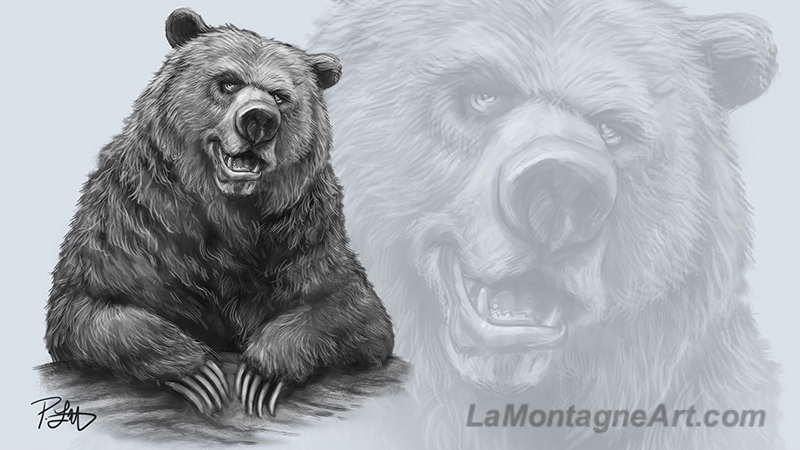 Parents used to tell their children to get an education and have something to fall back on, but those safety jobs have become rare. The days of thirty or forty years with a company followed by a healthy pension are long gone. We read daily about massive layoffs from corporations with names that used to be synonymous with stability.
Parents used to tell their children to get an education and have something to fall back on, but those safety jobs have become rare. The days of thirty or forty years with a company followed by a healthy pension are long gone. We read daily about massive layoffs from corporations with names that used to be synonymous with stability.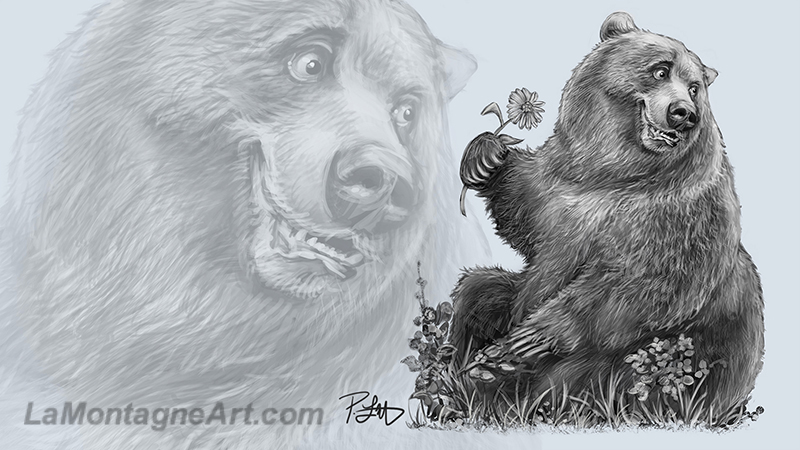 Several licensing companies rent the rights to put my work on their products. Occasionally, one will ask for a painting of a specific animal. If I can, I’ll try to accommodate the request. But without fail, as soon as I do, the client has a list of other images they want me to create.
Several licensing companies rent the rights to put my work on their products. Occasionally, one will ask for a painting of a specific animal. If I can, I’ll try to accommodate the request. But without fail, as soon as I do, the client has a list of other images they want me to create.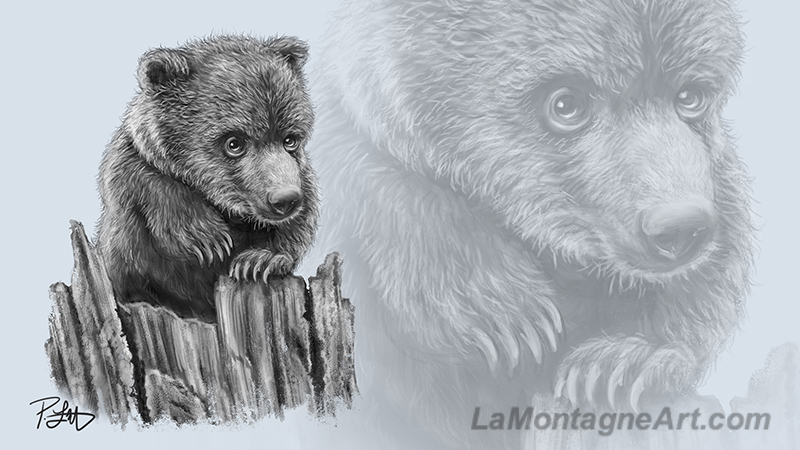 When companies are your clients, your needs are not their needs. If your art resonates with their customers, then it’s mutually beneficial. But the moment it doesn’t, you’re yesterday’s news. They’ll work with the artist who makes them the most money. They’re in business to promote their company, not your work.
When companies are your clients, your needs are not their needs. If your art resonates with their customers, then it’s mutually beneficial. But the moment it doesn’t, you’re yesterday’s news. They’ll work with the artist who makes them the most money. They’re in business to promote their company, not your work.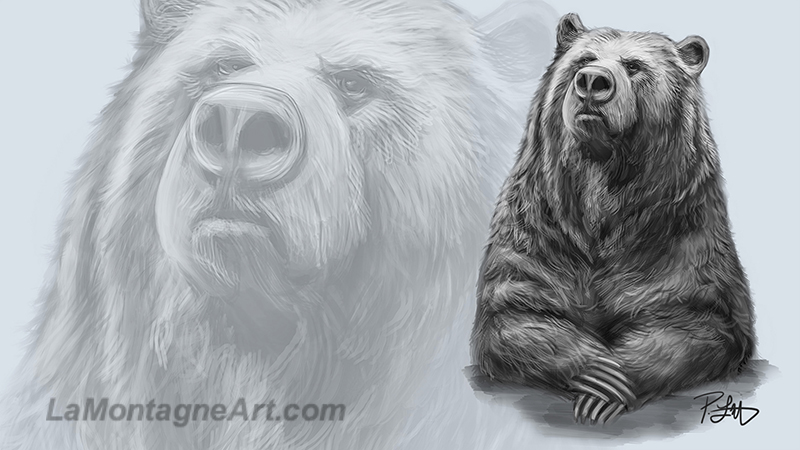 Customer service, professional behaviour and sound business practices are essential, as is compromise and accommodating your clients’ needs and wishes. People pay you to supply what they need, and delivering that often builds lasting relationships beneficial to both parties. All boats rise with the tide. Fail to realize these things, and you’ll soon be out of business.
Customer service, professional behaviour and sound business practices are essential, as is compromise and accommodating your clients’ needs and wishes. People pay you to supply what they need, and delivering that often builds lasting relationships beneficial to both parties. All boats rise with the tide. Fail to realize these things, and you’ll soon be out of business.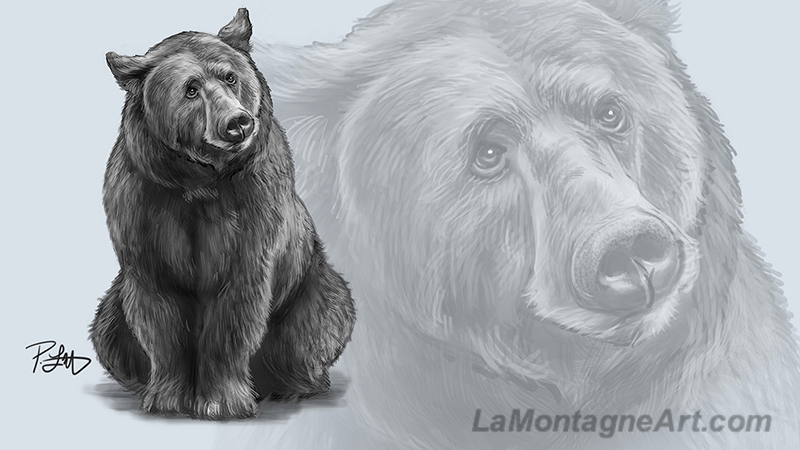 I enjoy creating my animal art, but lately, whenever I go to paint something, I think, “Will this animal be popular? Have I painted too many of these? Not enough? Will this make me any money?”
I enjoy creating my animal art, but lately, whenever I go to paint something, I think, “Will this animal be popular? Have I painted too many of these? Not enough? Will this make me any money?”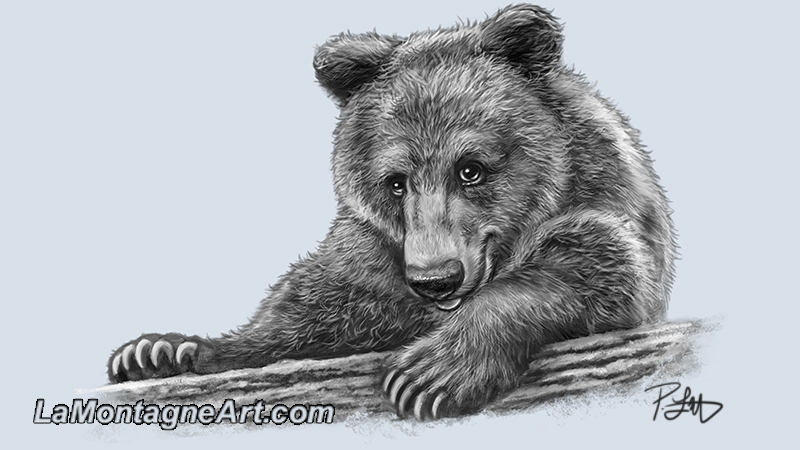 So while I’m trying to answer the question of what I want to do, I’m working on my art book about bears. Not promising to work on it like I’ve been doing for more than six years, but working on it, as I’m well and truly sick and tired of my own procrastination and bullshit excuses.
So while I’m trying to answer the question of what I want to do, I’m working on my art book about bears. Not promising to work on it like I’ve been doing for more than six years, but working on it, as I’m well and truly sick and tired of my own procrastination and bullshit excuses.
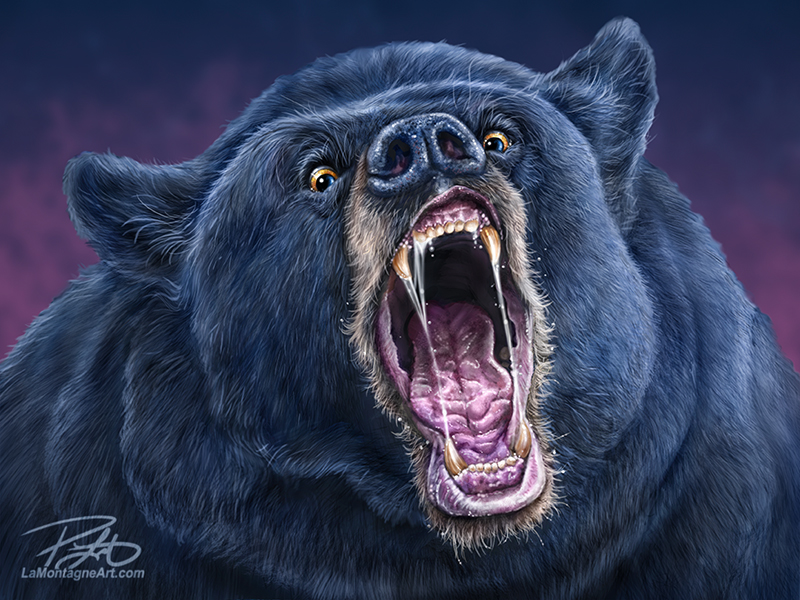 When you find work that resonates with people, any deviation is a risk. People like the happy animals, so why upset the apple cart? Shouldn’t I create another image with a better chance of print sales and licensed images?
When you find work that resonates with people, any deviation is a risk. People like the happy animals, so why upset the apple cart? Shouldn’t I create another image with a better chance of print sales and licensed images?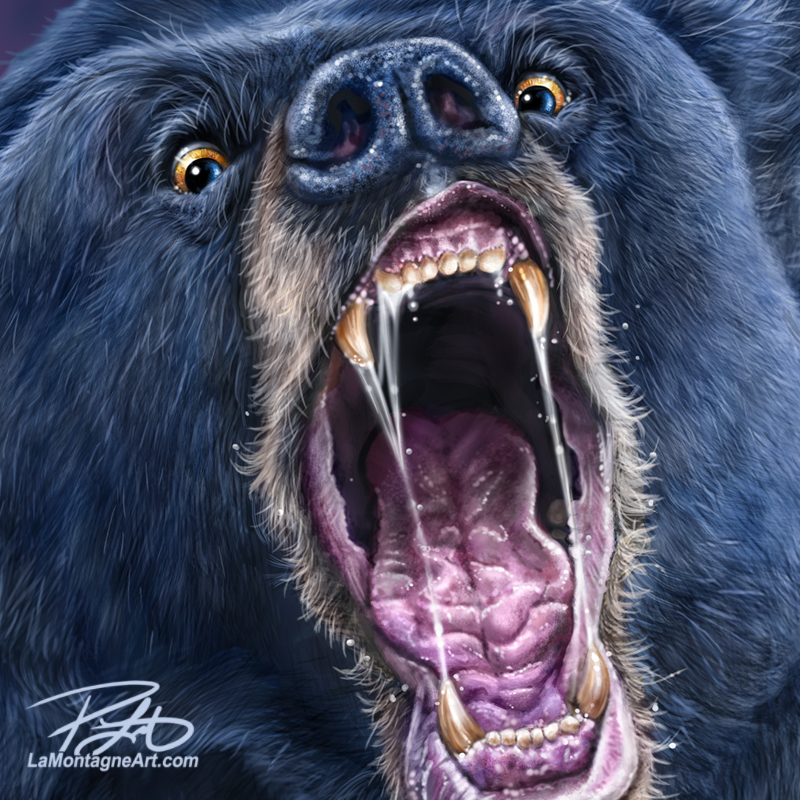 Roll your eyes, shake your head, wave it off, and call me crazy. I don’t need to convince you. All I know is I went from near-crippling back pain for several months to having almost none over a decade later. You’d think a genuine bulging disc, spinal defect, or structural deformity would worsen with age, not disappear.
Roll your eyes, shake your head, wave it off, and call me crazy. I don’t need to convince you. All I know is I went from near-crippling back pain for several months to having almost none over a decade later. You’d think a genuine bulging disc, spinal defect, or structural deformity would worsen with age, not disappear.

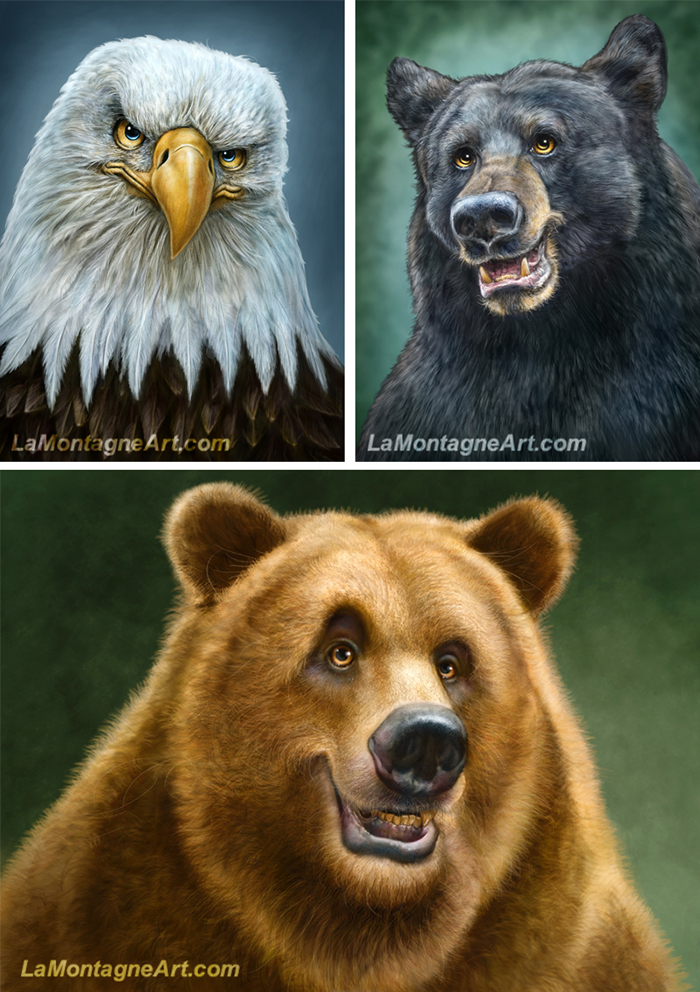

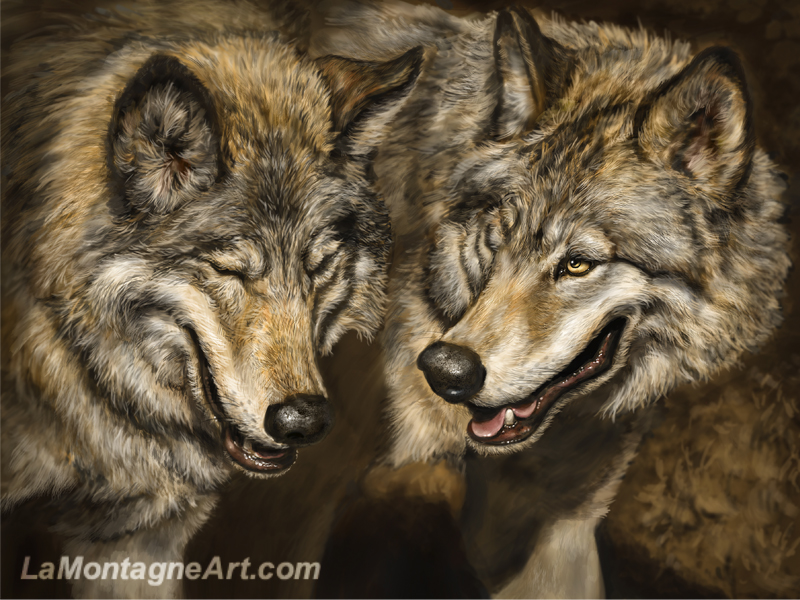
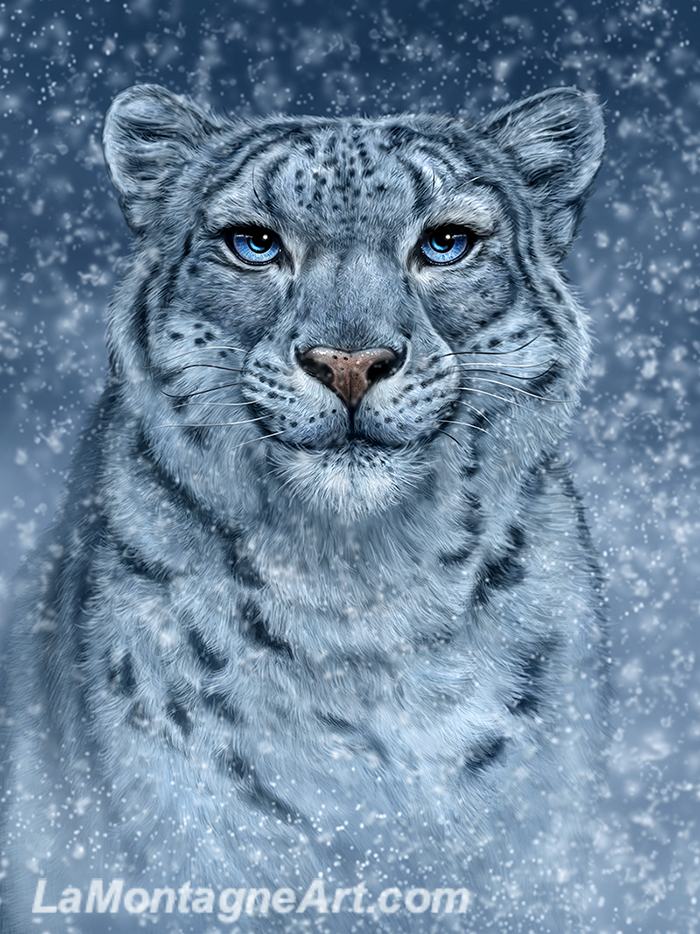
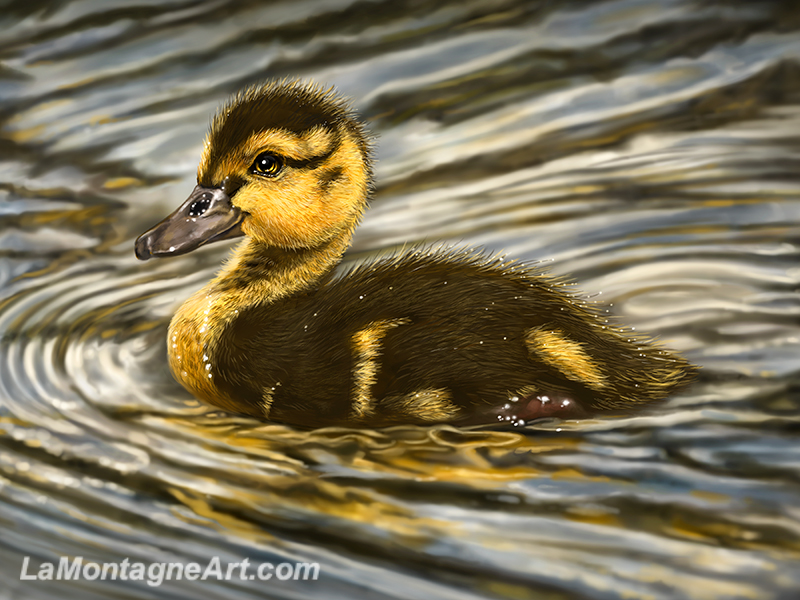


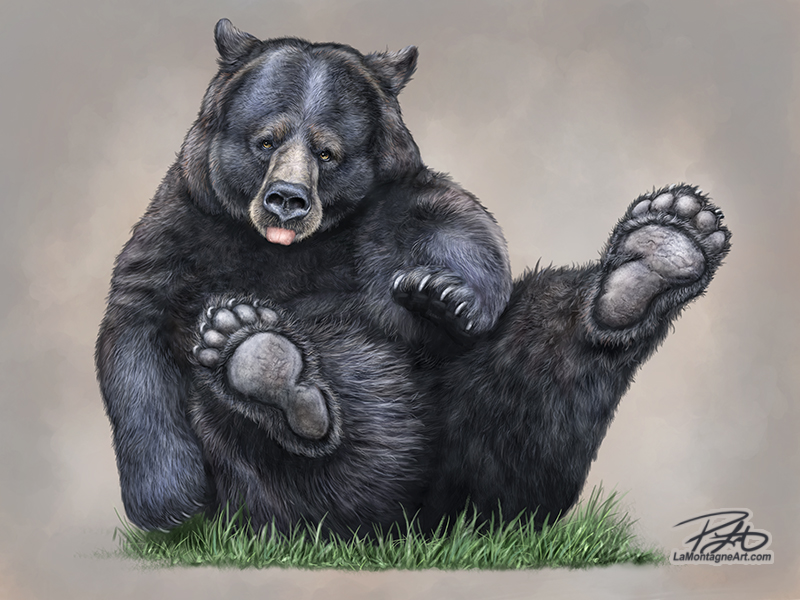
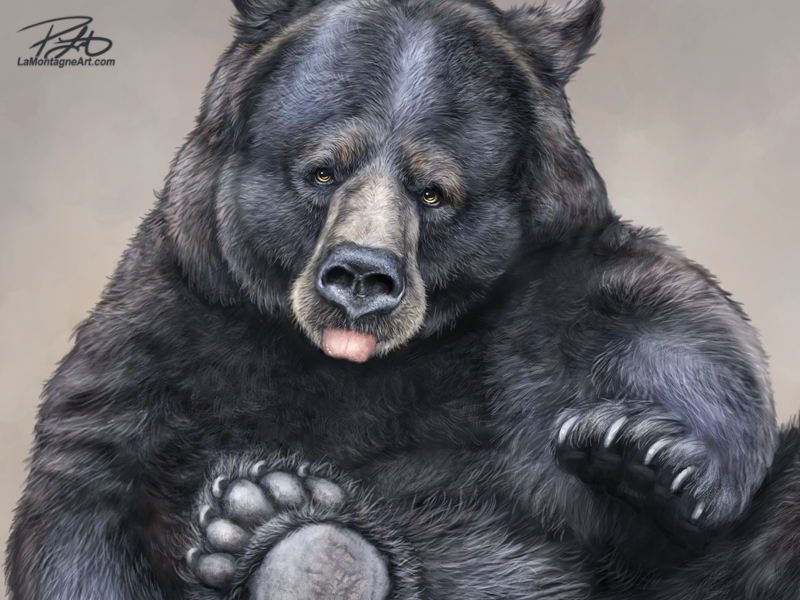




 Five new poster prints have been added to the
Five new poster prints have been added to the 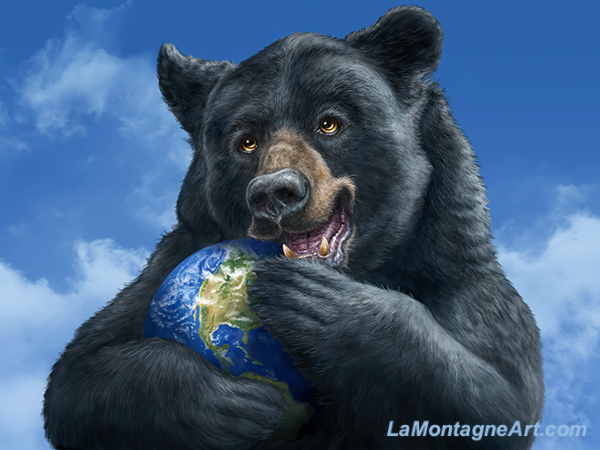 .
.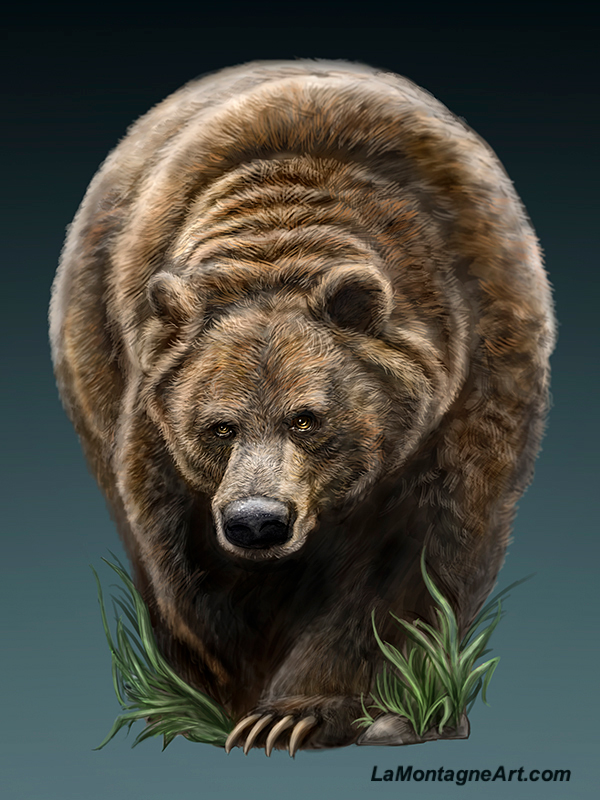 .
.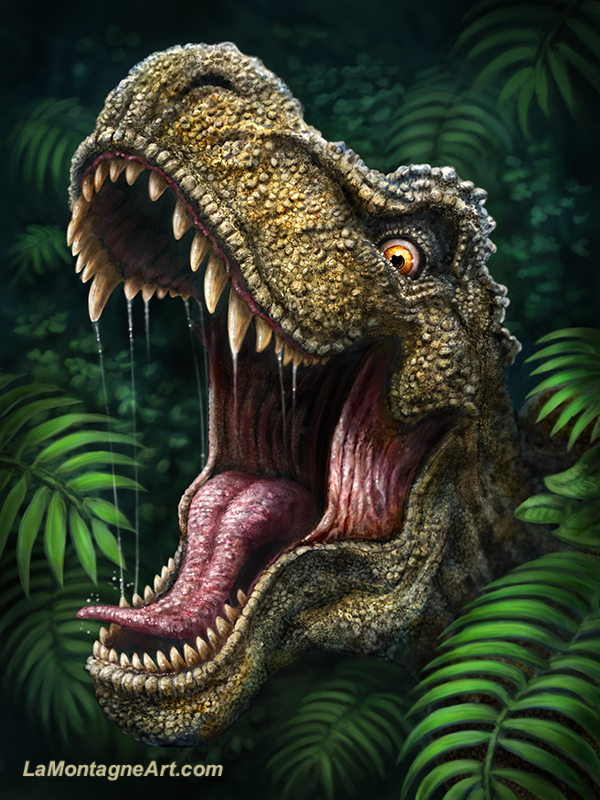 .
.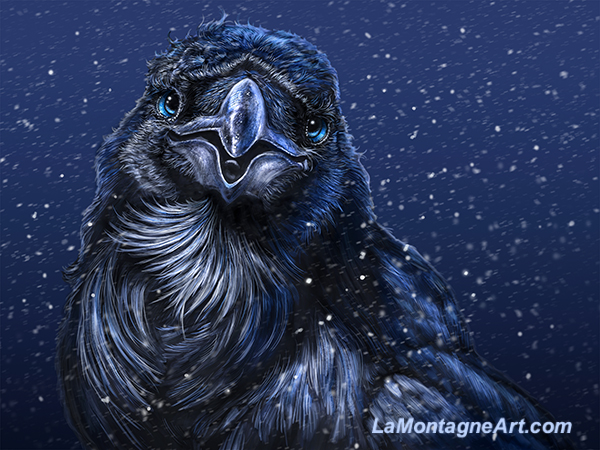 .
.